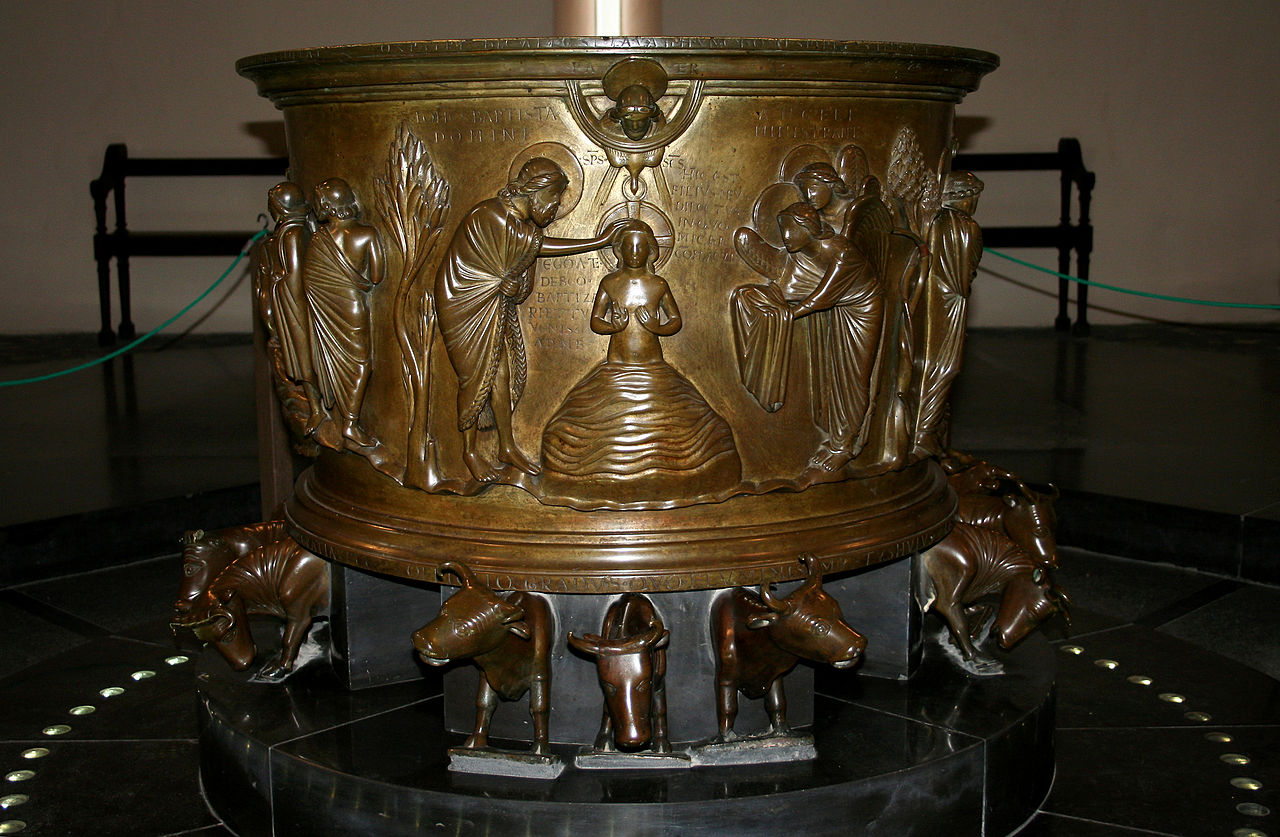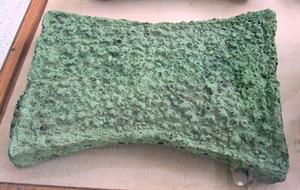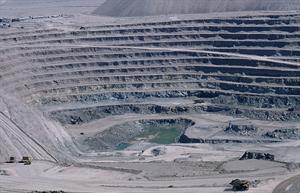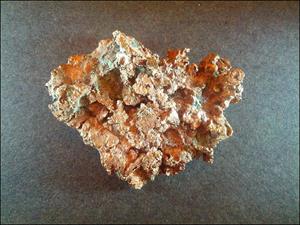Brass History
Author : Admin Posted Date : 12/16/2016 2:04:11 AM

Although forms of brass have been in use since prehistory, its true nature as a copper-zinc alloy was not understood until the post medieval period because the zinc vapor which reacted with copper to make brass was not recognised as a metal. The King James Bible makes many references to "brass". The Shakespearean English form of the word 'brass' can mean any bronze alloy, or copper, rather than the strict modern definition of brass.[citation needed] The earliest brasses may have been natural alloys made by smelting zinc-rich copper ores. By the Roman period brass was being deliberately produced from metallic copper and zinc minerals using the cementation process and variations on this method continued until the mid-19th century. It was eventually replaced by speltering, the direct alloying of copper and zinc metal which was introduced to Europe in the 16th century.
Early copper zinc alloys
In West Asia and the Eastern Mediterranean early copper zinc alloys are now known in small numbers from a number of third millennium BC sites in the Aegean, Iraq, the United Arab Emirates, Kalmykia, Turkmenistan and Georgia and from 2nd Millennium BC sites in West India, Uzbekistan, Iran, Syria, Iraq and Palestine. However, isolated examples of copper-zinc alloys are known in China from as early as the 5th Millennium BC.
The compositions of these early "brass" objects are highly variable and most have zinc contents of between 5% and 15% wt which is lower than in brass produced by cementation. These may be "natural alloys" manufactured by smelting zinc rich copper ores in redox conditions. Many have similar tin contents to contemporary bronze artefacts and it is possible that some copper-zinc alloys were accidental and perhaps not even distinguished from copper. However the large number of copper-zinc alloys now known suggests that at least some were deliberately manufactured and many have zinc contents of more than 12% wt which would have resulted in a distinctive golden color.
By the 8th–7th century BC Assyrian cuneiform tablets mention the exploitation of the "copper of the mountains" and this may refer to "natural" brass. "Oreikhalkon" (mountain copper), the Ancient Greek translation of this term, was later adapted to the Latin aurichalcum meaning "golden copper" which became the standard term for brass. In the 4th century BC Plato knew orichalkos as rare and nearly as valuable as gold and Pliny describes how aurichalcum had come from Cypriot ore deposits which had been exhausted by the 1st century AD. X-ray fluorescence analysis of 39 orichalcum ingots recovered from a 2,600-year-old shipwreck off Sicily found them to be an alloy made with 75–80 percent copper, 15–20 percent zinc and small percentages of nickel, lead and iron.
Brass making in the Roman World
During the later part of first millennium BC the use of brass spread across a wide geographical area from Britain and Spainin the west to Iran, and India in the east. This seems to have been encouraged by exports and influence from the Middle East and eastern Mediterranean where deliberate production of brass from metallic copper and zinc ores had been introduced. The 4th century BC writer Theopompus, quoted by Strabo, describes how heating earth from Andeira in Turkey produced "droplets of false silver", probably metallic zinc, which could be used to turn copper into oreichalkos. In the 1st century BC the Greek Dioscorides seems to have recognised a link between zinc minerals and brass describing how Cadmia (zinc oxide) was found on the walls of furnaces used to heat either zinc ore or copper and explaining that it can then be used to make brass.
By the first century BC brass was available in sufficient supply to use as coinage in Phrygia and Bithynia, and after the Augustan currency reform of 23 BC it was also used to make Roman dupondii and sestertii. The uniform use of brass for coinage and military equipment across the Roman world may indicate a degree of state involvement in the industry, and brass even seems to have been deliberately boycotted by Jewish communities in Palestine because of its association with Roman authority.
Brass was produced by the cementation process where copper and zinc ore are heated together until zinc vapor is produced which reacts with the copper. There is good archaeological evidence for this process and crucibles used to produce brass by cementation have been found on Roman period sites including Xanten and Nidda in Germany, Lyon in France and at a number of sites in Britain. They vary in size from tiny acorn sized to large amphorae like vessels but all have elevated levels of zinc on the interior and are lidded. They show no signs of slag or metal prills suggesting that zinc minerals were heated to produce zinc vapor which reacted with metallic copper in a solid state reaction. The fabric of these crucibles is porous, probably designed to prevent a buildup of pressure, and many have small holes in the lids which may be designed to release pressure or to add additional zinc minerals near the end of the process. Dioscorides mentioned that zinc minerals were used for both the working and finishing of brass, perhaps suggesting secondary additions.
Brass made during the early Roman period seems to have varied between 20% to 28% wt zinc. The high content of zinc in coinage and brass objects declined after the first century AD and it has been suggested that this reflects zinc loss during recycling and thus an interruption in the production of new brass. However it is now thought this was probably a deliberate change in composition and overall the use of brass increases over this period making up around 40% of all copper alloys used in the Roman world by the 4th century AD.








